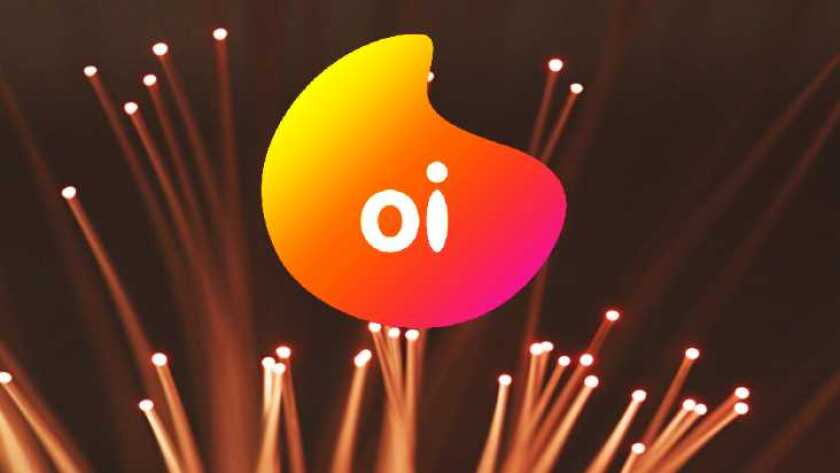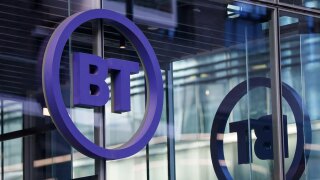Oi would split the business between the two, which operate as Telefonica Brasil’s Vivo brand and TIM Participações. But
It was not immediately clear whether the two European groups are working together, though they do have a network sharing arrangement for their mobile businesses in Brazil.
But both have informed Bank of America, which is advising Oi on its strategy to emerge from bankruptcy, of their interest in the mobile business.
Oi wants to focus on its fibre-to-the-home (FTTH) operations, say reports. In December it launched a new business-to-business unit, Oi Soluções, to expand use of fibre.
Oi, which reported heavy losses equivalent to $390 million in August 2019, has also said that it is “sounding out the market”.
In August the Brazilian regulator, Anatel, said neither it nor the government would intervene if Oi faced collapse. The regulator said it preferred a market solution.
Oi went into bankruptcy protection in 2016 with debts of $19 billion – the largest corporate failure in Brazil. Most of the money was owned to banks and to Anatel.
Daniel Hajj, CEO of América Móvil, which operates as Claro, has also said his company is interested in Oi.
In January 2020 Telefónica appointed investment bank Morgan Stanley to analyse its operations in Argentina, Chile, Colombia, Ecuador, Mexico, Peru, Uruguay and Venezuela for a potential sale, joint venture or share flotation. Telefónica said at the time it would not dispose of the Brazil business.






